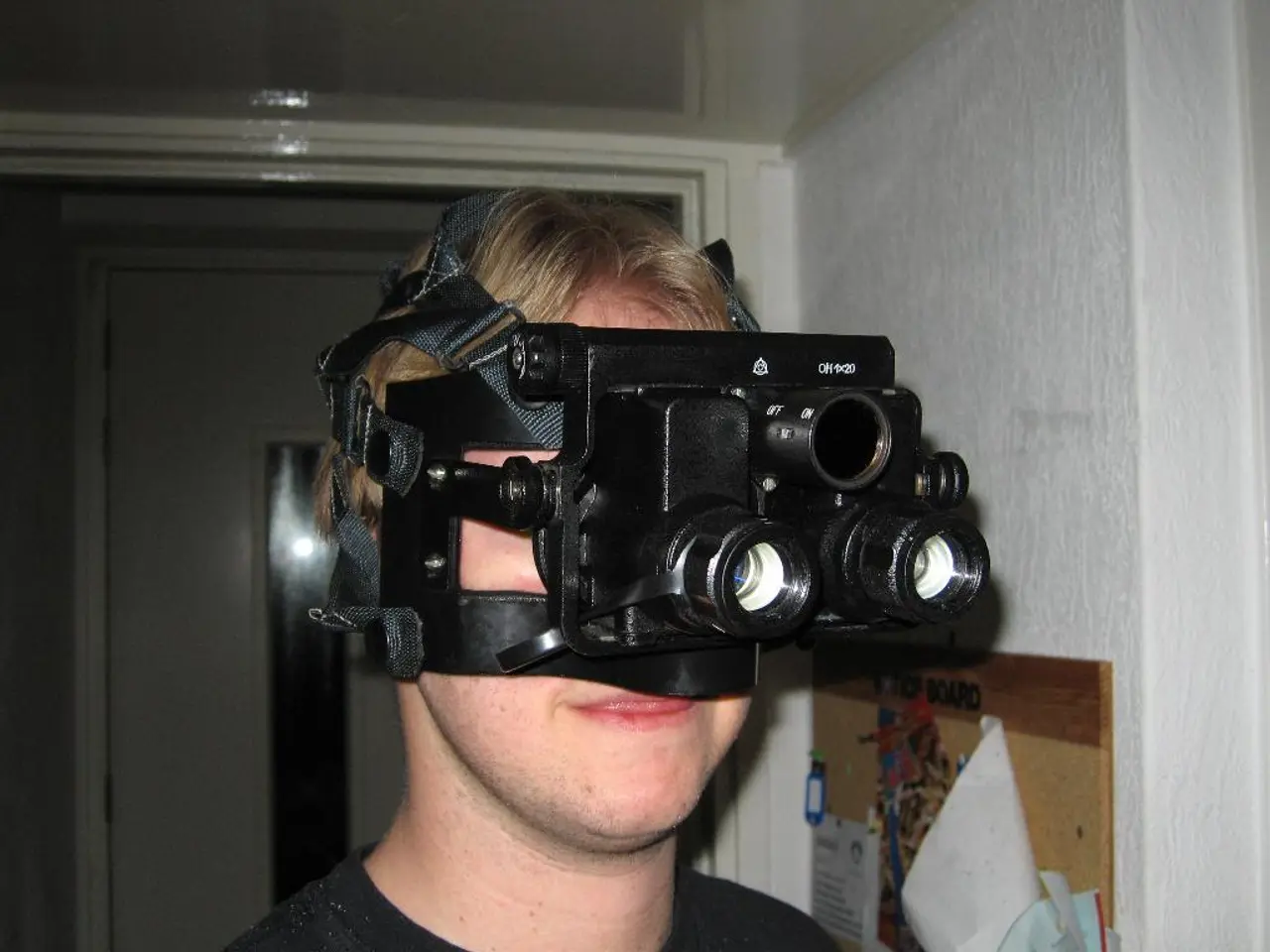Advancing Training Methods: Migrating Conventional Education into the Realm of Virtual Reality
In the ever-evolving landscape of corporate learning, a shift from traditional 2D training to immersive 3D training is gaining traction. This transition, spearheaded by VR experts like Rafał Siejca with over two decades of corporate experience, promises to revolutionise the way we learn and retain skills.
The advantages of 3D training are manifold. By offering a multi-sensory learning experience, 3D training enhances engagement and learning retention. This is achieved through simulations or VR, which combine visual, auditory, and experiential inputs for a more immersive learning environment. This immersion helps learners retain concepts longer and apply them effectively on the job[1][5].
One of the key benefits of 3D training is its ability to replicate real workflows and environments. This allows learners to practice tasks in the same context where they will actually perform them, bridging the gap between theory and practice[1][3]. Furthermore, simulated 3D scenarios enable employees to experience variable, high-pressure situations safely, improving their ability to adapt and make decisions under stress[1].
Another advantage of 3D training is the immediate, actionable feedback and analytics it provides. These platforms often offer real-time feedback and comprehensive analytics on performance and skill development, enabling customised learning interventions and continuous improvement[1][5].
Moreover, 3D training offers a higher level of immersion compared to 2D training, which can lead to improved learning[2]. It can recreate detailed models and environments that are impossible or costly to replicate physically, offering deeper understanding through interaction[5].
Transitioning to 3D training is not without its challenges, but with the right approach and thorough research, it is easier than it appears[4]. The cost of 3D training includes the cost of hardware such as VR goggles and software like platforms and dedicated applications with particular courses[4]. However, the long-term benefits, including cost-effectiveness and accessibility, make this investment worthwhile[3][5].
The author's platform, Trainer, simplifies the process of no-code training creation. With Trainer, converting 2D materials to 3D for training can be done using online 2D to 3D converters or by creating 3D training manually[6].
Beyond the practical benefits, 3D training also improves employee morale, helps avoid burnout, and reduces stress levels[7]. It offers a more enjoyable learning experience, stimulating dopamine production, leading to better knowledge acquisition[8].
In conclusion, the transition from 2D to 3D training offers a myriad of benefits, including enhanced engagement and immersion, increased fun and joy, and the ability to practice real-life scenarios. By investing in 3D training technology, corporate learning can be taken to the next level, ensuring employees are equipped with practical, confident, and adaptive skills for the modern workplace.
References: [1] Siejca, R. (2021). The Impact of Virtual Reality on Corporate Training. Training Industry Magazine. [2] Purewine, J. (2020). The Advantages of 3D Training. eLearning Industry. [3] Burgess, J. (2019). The Cost Benefits of 3D Training. Training Magazine. [4] Siejca, R. (2020). Transitioning from 2D to 3D Training: A Guide. Trainer Blog. [5] Siejca, R. (2019). The Future of Corporate Training: 3D Training. Training Zone. [6] Siejca, R. (2020). Simplifying 3D Training Creation with Trainer. Trainer Blog. [7] Siejca, R. (2021). The Role of 3D Training in Employee Wellbeing. Forbes. [8] Siejca, R. (2020). Joy and Learning: The Connection Between Dopamine and Knowledge Acquisition. Psychology Today.
- The implementation of 3D training in education-and-self-development and lifestyle contexts could potentially enhance learning retention and engagement due to its immersive nature, offering simulations or VR for a multi-sensory learning experience.
- By replacing traditional 2D methods with 3D training technology, an individual can benefit from features like immediate feedback, analytics, and realistic workflow replication, which are crucial for skill development and the transition to the modern work environment.




